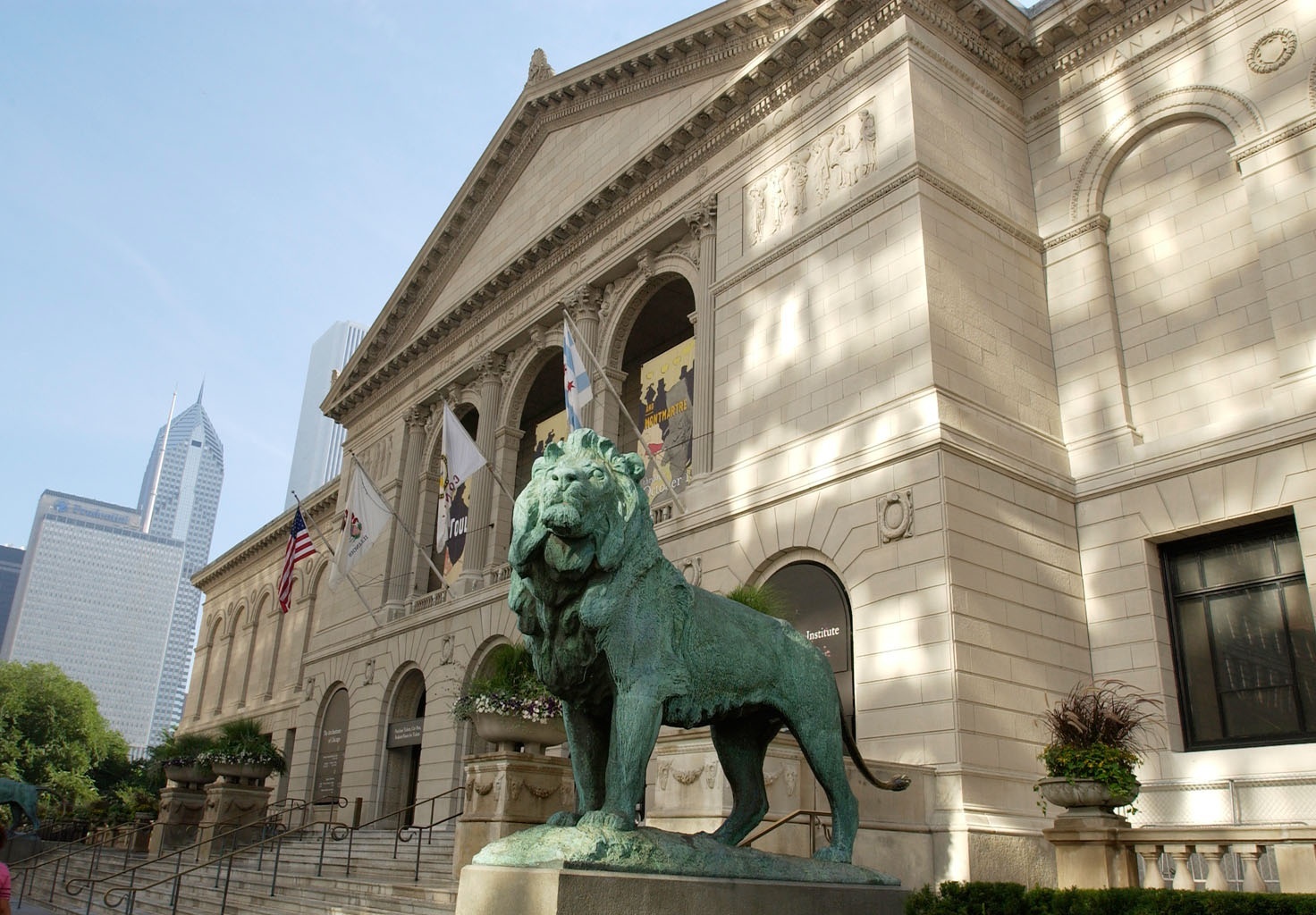Oct 27 2016 - Jan 16 2017
Chicago, IL
The focus series exhibition In All My Wildest Dreams is the first American museum show devoted to the work of Kemang Wa Lehulere (born Cape Town, 1984). Internationally recognized for his masterful conflation of personal and collective storytelling, Wa Lehulere reenacts what he calls “deleted scenes” from South African history, often animating individual narratives of exile or displacement through means that are ephemeral, found, and notational—chalk drawings on blackboard surfaces, intense but short-lived performances, salvaged wood from old school desks, sketchbook pages, letters written to friends, strangers, and public institutions—as if to suggest the gallery as a fantastical, crucially temporary classroom. “History continually disappears,” Wa Lehulere has said. “It comes and goes. It is not something fixed; it is malleable. . . . It is the elasticity of history that excites me.” At the same time, he describes his work as a “protest against forgetting”; history is constructed, and memory is fragile.
Beginning with the title of his Art Institute exhibition, Wa Lehulere invokes not only the past and an imagined future but also a present in which dreams might materialize. New sculptures, paintings, video, and a wall carving demonstrate the artist’s evocative visual language through certain recurrent motifs—imagery of rehearsing, revising, and recovering, for instance, or signifiers of travel, transit, and mobility, such as used suitcases, tires, wooden crutches, and a trio of suspended “paper planes.” More than 20 ceramic dogs suggest tchotchkes and, more solemnly, household guardian figures. Dozens of small drawings reveal the artist’s working process.
At the heart of this show is a vigorous performance work, Echoes of Our Footsteps (A Reenactment of a Rehearsal), in which the artist appears repeatedly throughout museum hours during the opening weekend, October 28–30 (see page 24). For the remainder of the exhibition, the demarcated performance space, now empty but for a few abandoned props and a projector playing documentation of the work on a loop, continues to anchor the largest of the Abbott Galleries. Any artwork could be understood as the record of an artist’s thought and activity, but for Wa Lehulere, questions of residue and memory, of physical presence and palpable absence, are instrumental—at once aesthetic and ethical—rather than merely incidental.
Credit: Exhibition overview from museum website.
Exhibition Venues & Dates
Oct 27 2016 - Jan 16 2017
Chicago, IL
